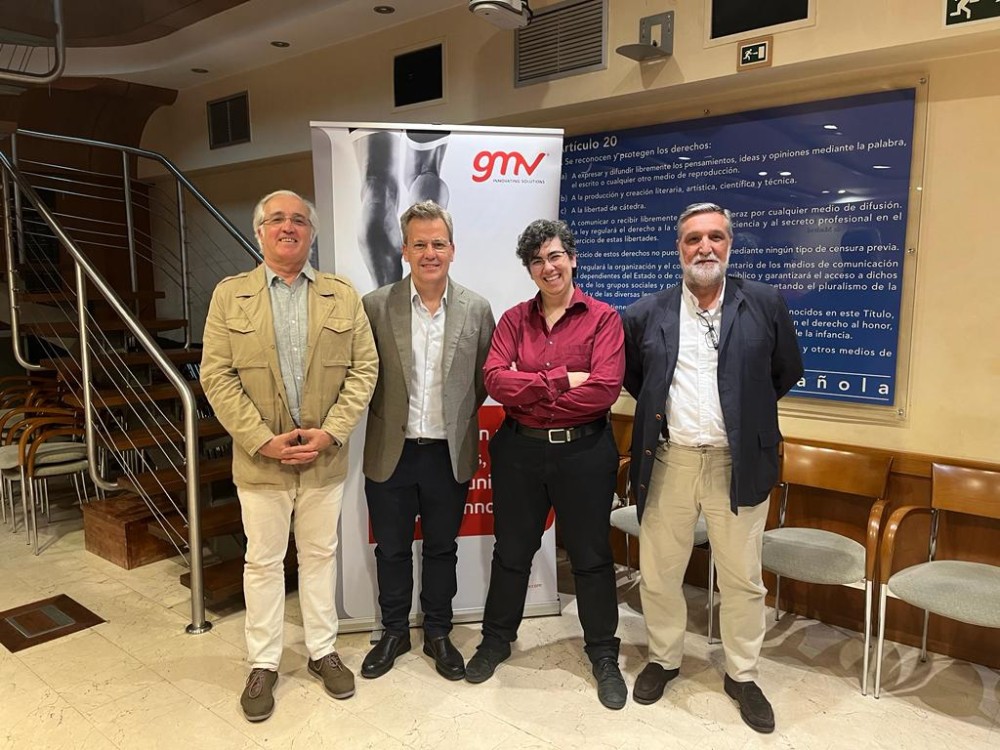How to protect yourself against a cyberattack and survive in the “fake news” era

On April 26th, the Madrid Press Association (APM) and GMV jointly hosted their first workshops on cybersecurity for journalists. This free event was organized for the benefit of the APM’s members, and it featured participation by Javier Zubieta, GMV’s Marketing and Communication Manager for Secure e Solutions, and Paula González, GMV’s Head of Cybersecurity & Digital Strategy for Business. Other notable participants at this educational event were Luis Fernández Delgado and Jose de la Peña Muñoz, editor and director of the Spanish magazine SiC.
Cybersecurity has become a critical concern, not just for society in general but also for those working in the media, who play an important role in knowledge distribution and prevention of deceptive information. There are many media professionals who have decided to specialize in this area, to address the need for adequate reporting on subjects related to technology and information security. With a subject as complex as cybersecurity, journalists should be meeting certain criteria on rigorous reporting, but news stories should also be written in a way that makes them understandable for readers, to help members of the public learn about important subjects such as data protection.
During the seminar, Mr. Zubieta, author of the “Cyberdictionary” and a proponent of the #understandable (#entendible) philosophy, provided explanations to those in attendance about concepts such as DNS, vulnerability, mitigation, active, and threat. He then used practical examples to describe the strategies that cybercriminals are using to steal information from users. He also demonstrated how anyone can become the victim of a cyberattack, and he then offered the event’s attendees some advice about how to prevent this.
Paula González focused her presentation on artificial intelligence (AI), and how its rapid advancement can affect the truthfulness of information sources. Based on her own experience with the use of AI software that can manipulate images, she demonstrated how the evolution of this type of technology now makes it necessary for all users, including journalists, to assess whether what they are seeing is real, and whether what they are reading is true. She also demonstrated some of the points of vulnerability for technologies of this type, which users can rely upon to help determine whether the information they have received is correct.
She also clarified some concepts such as “Misinformation” (incorrect or false information distributed without the intention to deceive or manipulate), “Disinformation” (false information distributed with the intention to deceive or manipulate), and “Fake News” (sensationalistic or emotionally charged information presented with the appearance of news, and which may be deceptive or even entirely false).
She they provided the journalists attending the event with some explanations regarding the processes being used to distribute fake news, and some of its direct consequences.
Finally, Luis Fernández Delgado and Jose de la Peña Muñoz, editor and director of the magazine SiC, shared with the attendees their perspectives gained from working in the media. This led to a lively discussion regarding the current needs of media professionals, and the working methods they should apply when attempting to verify the accuracy of information, which has become “an essential condition for achieving high-quality reporting”.